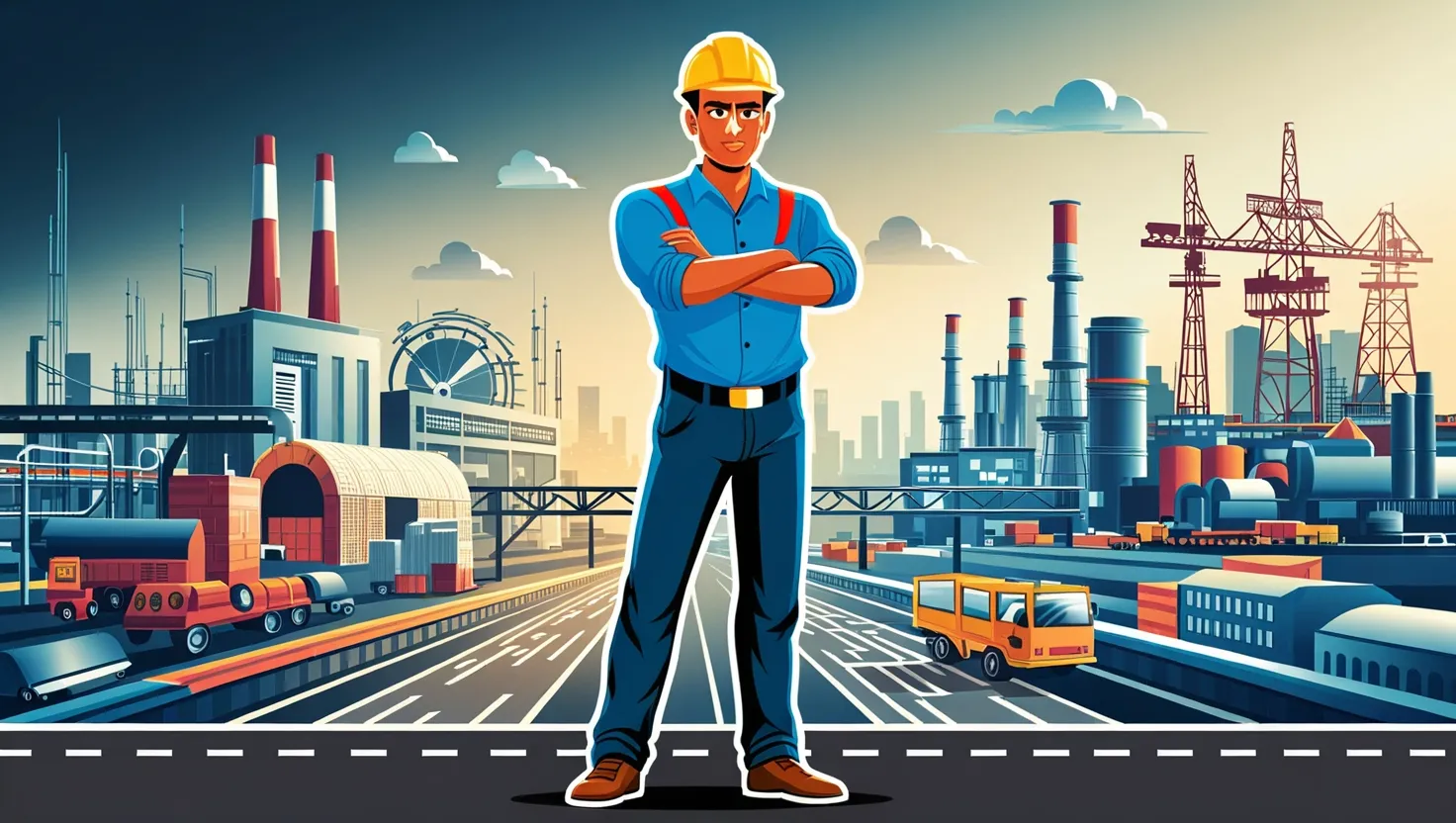As I traverse the bustling streets of India’s urban hubs, it’s hard not to notice the transformative power of infrastructure projects that are reshaping the country’s landscape. From the sleek, modern lines of new metro systems to the ambitious plans for smart cities, India is undergoing a seismic shift in how its cities are designed, lived in, and connected. Here are five game-changing infrastructure projects that are redefining the urban experience in India.
The Smart Cities Mission, launched in 2015, has been a beacon of innovation in urban development. This initiative has not only brought about a competitive spirit among cities but has also fostered a culture of stakeholder-driven project selection and the formation of special purpose vehicles to ensure efficient implementation. Each of the 100 smart cities has developed a diverse array of projects, many of which are being implemented for the first time. These projects range from deploying advanced technology and digital solutions to improve urban governance, to third-party impact evaluations by premier academic and professional institutes.
One of the lesser-known aspects of the Smart Cities Mission is its focus on localized capacity enhancement and citizen-responsive planning. Cities are now interpreting “smartness” in contextually relevant ways, which means that solutions are tailored to the specific needs and challenges of each city. For instance, some cities are using data-driven infrastructure to improve traffic management, while others are focusing on enhancing public health services through digital interventions. This flexible approach to governance has reinvigorated urban rejuvenation efforts, making cities more responsive to the needs of their citizens.
Beyond the smart cities, another significant transformation is taking place in the form of metro rail expansions, particularly in tier-2 cities. Cities like Lucknow, Kanpur, and Ahmedabad are now boasting modern metro systems that are not only enhancing urban mobility but also changing the way people live and work. These metro lines are more than just transportation systems; they are catalysts for urban development, driving real estate growth and economic activity in the areas they serve. For example, the Lucknow Metro has not only reduced travel times but has also spurred the development of new commercial and residential areas along its route.
Dedicated freight corridors are another critical component of India’s infrastructure revolution. These corridors, such as the Eastern and Western Dedicated Freight Corridors, are designed to optimize logistics networks and reduce the time and cost of moving goods across the country. By segregating freight traffic from passenger traffic, these corridors are expected to significantly boost economic growth by enhancing the efficiency of India’s supply chain. For instance, the Eastern Dedicated Freight Corridor will connect the industrial hubs of the National Capital Region with the ports of Kolkata, streamlining the movement of goods and reducing transit times by up to 50%.
River interlinking projects are another ambitious initiative aimed at addressing one of India’s most pressing issues: water scarcity. The idea is to connect major rivers to ensure a more equitable distribution of water resources across the country. While this project is still in its nascent stages, it holds immense potential for transforming agricultural productivity and ensuring water security in drought-prone areas. For example, the Ken-Betwa river link project, once completed, will provide irrigation to over 600,000 hectares of land, significantly improving the livelihoods of farmers in the region.
The Bharatmala Pariyojana, a flagship program of the Indian government, is perhaps one of the most ambitious road connectivity projects in the country’s history. This program aims to develop a network of highways that will connect every corner of India, enhancing road connectivity and reducing travel times. The project includes the development of expressways like the Surat-Chennai Expressway and the Raipur-Visakhapatnam Expressway, which will not only improve the movement of goods and people but also stimulate economic growth in the regions they serve. For instance, the Surat-Chennai Expressway, spanning over 1,271 kilometers, will link several economic hubs across four states, fostering trade and commerce along its route.
These infrastructure projects are not just about building roads, tunnels, and metro lines; they are about creating a better quality of life for India’s urban residents. They are addressing some of the most pressing urban challenges, from traffic congestion to water scarcity, and are doing so in a way that is both sustainable and equitable. However, these projects also come with their own set of challenges, including environmental considerations and funding hurdles.
Environmental impact is a critical aspect of these infrastructure developments. For example, the Thane-Borivali tunnel, which passes underneath the Sanjay Gandhi National Park, has raised concerns about the potential disruption to the park’s ecosystem. Similarly, the river interlinking projects have sparked debates about their potential impact on aquatic life and the natural flow of rivers. Addressing these concerns requires a balanced approach that ensures the projects are environmentally sustainable.
Funding is another significant challenge. Many of these projects are capital-intensive and require substantial investment. The Smart Cities Mission, for instance, has an allocated budget of ₹48,000 crore, and while a significant portion of this has been utilized, there are still funding gaps that need to be bridged. The government’s decision to extend the mission period until March 2025 is a step in the right direction, but more needs to be done to ensure that these projects are fully funded and completed on time.
Despite these challenges, the potential for job creation associated with these infrastructure projects is immense. The development of smart cities, for example, is expected to create millions of jobs, both direct and indirect. The National Industrial Corridor Development Programme, which includes the development of 12 new smart industrial cities, is projected to create over 1 million direct jobs and 3 million indirect jobs. These jobs will not only be in the construction sector but also in the industries that these infrastructure projects will support.
As I reflect on these game-changing infrastructure projects, it’s clear that they are more than just physical structures; they are the backbone of India’s urban future. They are transforming the way cities function, enhancing mobility, boosting economic growth, and improving the quality of life for millions of people. While there are challenges to overcome, the benefits of these projects far outweigh the costs. As India continues on this path of infrastructure development, it’s exciting to think about the kind of urban landscape that will emerge – one that is modern, efficient, and sustainable.






